You're using an outdated browser. Please upgrade to a modern browser for the best experience.
Please note this is an old version of this entry, which may differ significantly from the current revision.
Most face datasets target adults who can make their own decisions. In the case of children, consent from parents or guardians is necessary to collect biometric information, thus making it very difficult. As a result, the amount of data on children is quite small and inevitably private.
- face dataset
- face database
- children’s face data
- children’s face database
- optimal camera setup
1. Introduction
As biometrics are actively applied to various parts of real life due to the development of deep learning, numerous biometric data are collected and applied. Among these, children’s face image data is an important one that can be used in preventing crimes against children and providing various welfare benefits. However, in the case of children’s data, the amount is very small and its use is limited.
Most face datasets target adults who can make their own decisions. In the case of an adult, they can decide whether to provide biometric data by themselves by recognizing the precautions for providing biometric data. However, in the case of children, it is difficult for them to recognize the precautions for providing biometric data on their own, so the consent of parents or guardians is absolutely necessary to collect data. Legal protection of children’s information prioritizes parental control and consent [1]. A child’s right to privacy should not be subject to the wishes and actions of others or the control and consent of others. Therefore, even after parental consent, all information should be kept confidential to protect children’s privacy in principle.
With the changing parenting environment, due to the low birth rate and the increase in double-income families, the role of childcare facilities has increased. Therefore, this research focused on attendance check among methods to prevent child safety accidents. Attendance check is one way to prevent safety-related accidents in a child care center. When a daycare center provides transportation as well as education, teachers should check the attendance of children before and after boarding. At this time, automatic attendance checks can not only serve a safety and security role, but also provide a reduction in teachers’ work burden. In this research, the researchers collected a database of children’s faces that can be used in a real-time automatic attendance system.
Srinivas et al. experimented with deep learning face recognition systems to see if there was a decrease in performance in the case of children when compared with the results obtained for adults [2]. The conclusion of that study was that the use of children’s data in an adult-targeted system resulted in performance degradation. Through this experiment, it can be seen that children’s face recognition requires a system dedicated to the children’s face dataset and the corresponding environment. In collecting children’s face data, various considerations must be taken into account. These include the children’s age, children’s concentration, and various environmental factors. In addition, as children’s faces change as they grow, continual data collection is required to match the growth rate of children. In this research, the researchers present the points and methods to focus on while building a database for children, and examine effective camera installation location for face recognition of children.
Face recognition of children is an important research project that can be used in preventing crimes against children and providing various welfare benefits. For children’s face recognition, a database containing the children’s face image data is absolutely necessary. However, because of the world-wide strengthened Personal Information Protection Act, the preparations and procedures for collecting face data have become very complicated. In 2020, datasets containing personal information such as LFR [3], RMFRD [4][5], and SMFRD [4][5] were collected. Most of these datasets are targeted at adults or celebrities. In addition, most of the databases do not contain newly collected data; rather, they are composed by merging or modifying existing data such as LFW [6], CFP [7], and CASIA-WebFace [8].
2. Appropriate Camera Positioning for Daycare Center
There are many things to consider when installing a camera in a childcare center.
First, problems such as camera loss must be considered, but concerns about invasion of privacy must also be prioritized. To collect children’s data, consent from parents and guardians must be obtained in advance. In addition, the researchers must not infringe on portrait rights and privacy by photographing other people’s faces without permission. The researchers need to select a location where the child’s face can be seen well, considering the above situation. This is related to the accuracy of children’s face recognition, so it needs to be tested several times.
Finally, according to the structure of the childcare facility, the camera should be installed at an appropriate location. The accuracy of face recognition and the usefulness of the system can vary depending on the location (indoor or outdoor) and height where the camera is to be installed. Children often express unpredictable behavior, such as walking backwards and saying hello, and so on. Therefore, camera installation for children’s face recognition should consider various environmental factors and child movement. In addition, since the structures of childcare facilities are all different, it should be considered that the location where children’s faces can be seen clearly may also change for each childcare facility.
2.1. Camera Installation Location for Daycare Center: Outdoor
For face recognition of children, a test image in which child registered in the DB appears is needed. To this end, the researchers conducted an experiment to determine the camera position through a few tests. All experiments were conducted in a real environment of the daycare facility. In this research, the researchers found a camera installation location for face recognition in an environment where children move naturally without stopping for a while in front of the camera. Rather than restricting movement, the researchers thought it was appropriate to perform face recognition in a free-moving environment, given the characteristics of children, who are more likely to have atypical and unpredictable behaviors.
The outdoor structure of the childcare facility used for the test is shown in Figure 1a. The researchers installed cameras at three locations and checked the video to see if the installation location was appropriate.
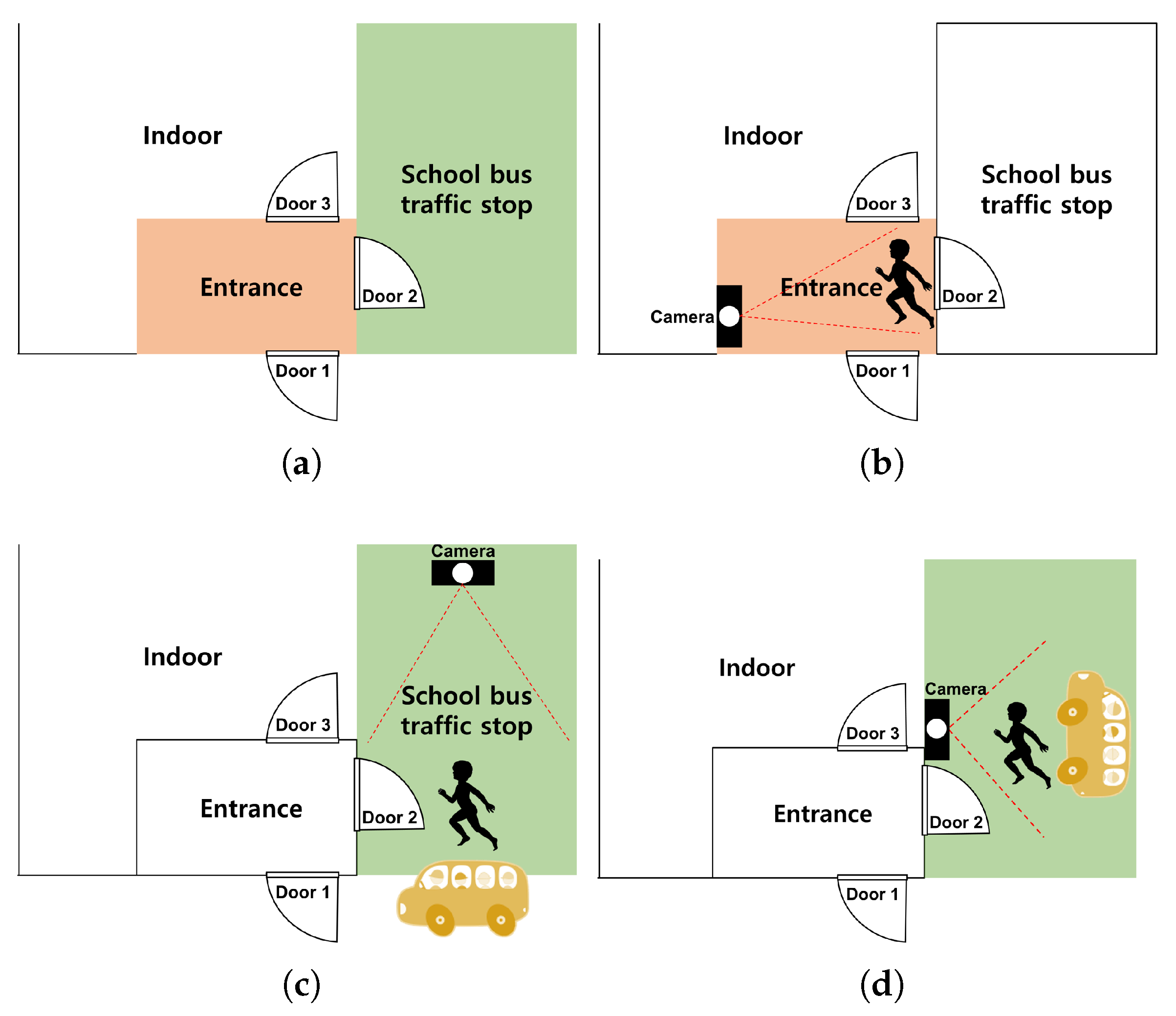
Figure 1. Camera installation location (outdoors): (a) outdoor structure of daycare center; (b) entrance; (c) school bus traffic stop; (d) door.
First, a camera was installed inside the entrance next to the school bus traffic stop, as shown in Figure 1b. This location is a door that must be passed through when a child gets off the school bus. For this research, the camera was installed at the height of the children’s faces in a place where the door was easily visible. If it had been installed in a structure that looked down from the top, considering the movement of children, there was a possibility that it would have been difficult to acquire the face data of the children; therefore, it was installed by selecting a location further inside. The researchers conducted the experiment with a test video taken at this location. In this video, the detection was successful in 858 frames out of a total of 1012 frames, but the children’s face recognition rate was 29.03%. As shown in Figure 2b, in this location, most of the faces of teachers or guardians are photographed, or the child’s face is photographed at an angle of 45 degrees or more, so the face recognition was not good. The strengths and weaknesses of installing the camera in this location are listed in Table 1.
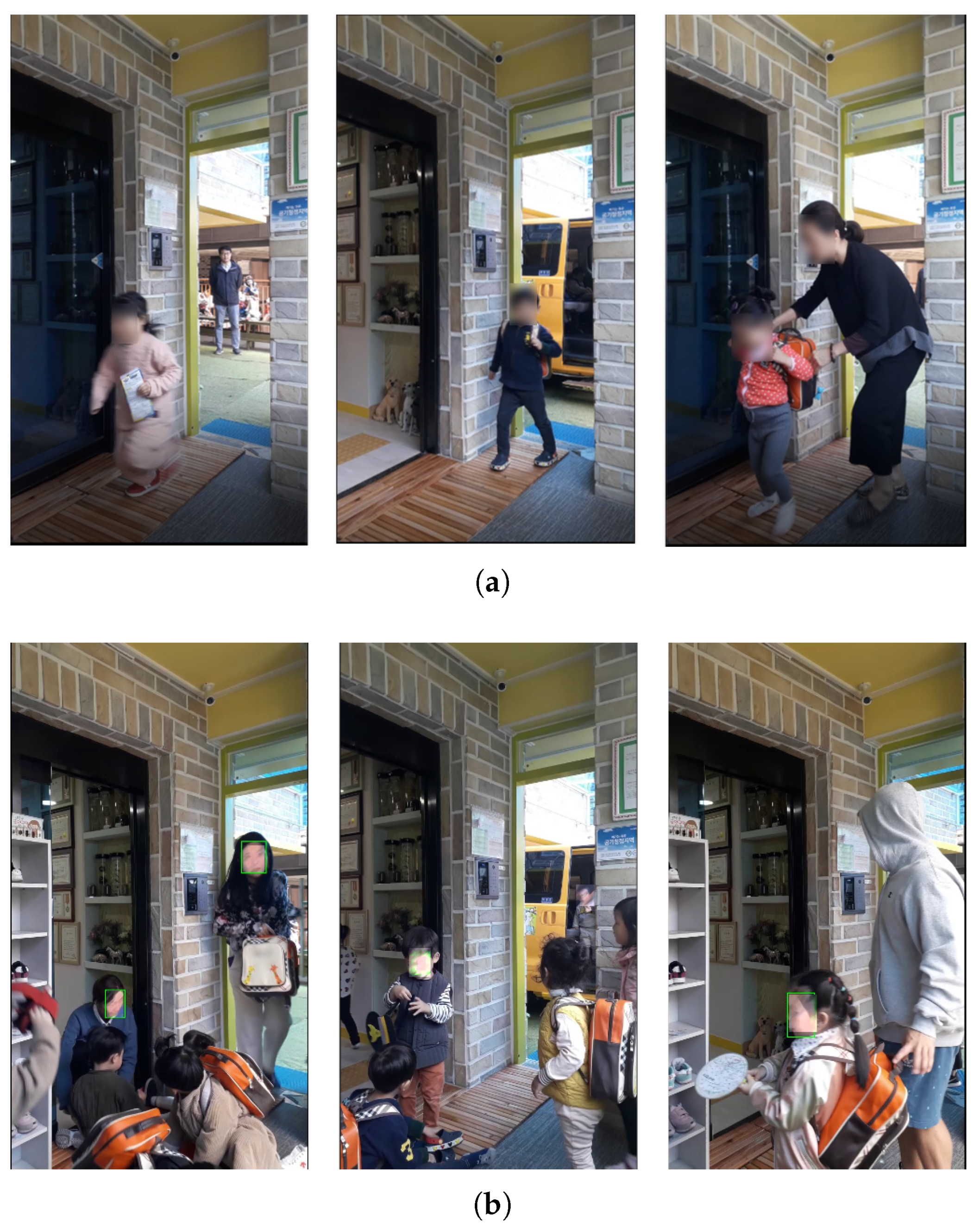
Figure 2. Example of an images taken with a camera installed at the entrance of the actual daycare center (Figure 1b): (a) best; (b) bad.
Table 1. The strengths and weaknesses of each camera installation location.
| Location | Strengths | Weaknesses |
|---|---|---|
| Entrance Figure 4b |
|
|
| School bus traffic stop Figure 4c |
|
|
| Door Figure 4d |
|
|
| Indoor |
|
|
Second, a camera was installed outside the entrance next to the school bus traffic stop as shown in Figure 1c. The researchers took a smartphone and filmed the children getting off the vehicle from the front. This is a location where children can check their faces with the camera right in front of them when they get off the school bus. In this research, the experiment was conducted with a test video of about 40 s taken at this location. In this video, the detection was successful in 850 frames out of a total of 1200 frames, but the children’s face recognition rate was 6.45%. In the filmed video, the children were too far, so face detection was not performed well in many cases, as seen in Figure 3a. In addition, the picture taken was too dark due to the awning on the ceiling, as seen in Figure 3b. The strengths and weaknesses of installing the camera in this location are listed in Table 1.

Figure 3. Images taken with a camera installed at the school bus traffic stop (Figure 1c): (a) example; (b) recognition result.
In this position, the children’s faces are captured well, and face detection performs well. However, the distance between the children and the camera is too far, and since it is outdoors, the illuminance may change significantly due to various environmental factors, so the children’s face recognition may not perform well. This location may seem convenient for face recognition because children’s movements are simple. However, the problem was that it was not easy to shoot because cars often stopped at places other than the designated school bus traffic stops. In addition, there were many adult interventions with children getting off and getting on the school bus.
Finally, a camera was installed at the entrance next to the school bus traffic stop, as shown in Figure 1d. This location is a door that children must pass through when they get off the school bus. The smartphone camera was installed to face the door of the vehicle. In this video, the detection was successful in 1109 frames out of a total of 4770 frames, but the children’s face recognition rate was 12.68%. Most of the videos shot were too dark, and the faces were filmed at an angle of 45 degrees or more, so it was difficult to recognize those who were filmed (Figure 4). The strengths and weaknesses of installing the camera in this location are listed in Table 1.
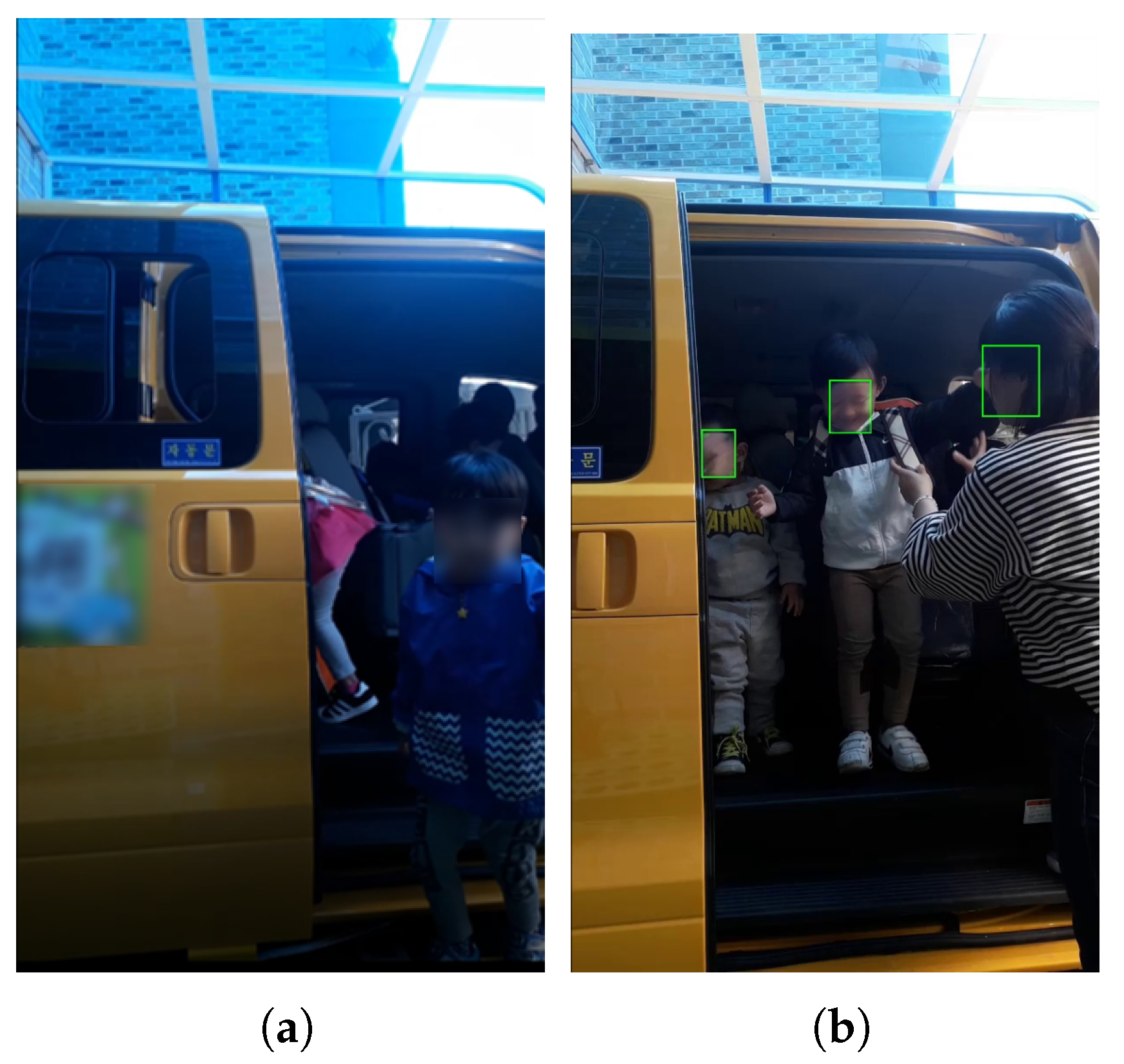
Figure 4. Images taken with a camera installed at door 2 (Figure 4d): (a) example; (b) recognition result.
In this location, the space is not too crowded, and children move in an orderly manner compared to other locations. However, the distance between the camera and the children was too small, and the children’s faces were sometimes covered, depending on where they got off the bus. In addition, the school bus drop-off location changes frequently, and since it is outdoors, the illuminance changes are severe, so children’s face recognition may not be performed well.
Due to the characteristics of children, a lot of help from adults is needed, and the congestion is worse than expected when multiple entrances exist, as in the test location of this research. The camera for children’s face recognition should only shoot the child’s face, and it is right to exclude other people as much as possible. In addition, there should not be any factors that interfere with face recognition, such as a large change in illuminance or a face being covered. It should be considered that if a camera is installed outside, it can cause privacy infringement problems by photographing outsiders without prior consent. Therefore, to install a camera for face recognition outdoors, it is necessary to consider various external environmental factors.
2.2. Camera Installation Location for Daycare Center: Indoors
In this research, it is assumed that the optimal camera position to be used for the children’s face recognition test is a position facing the entrance from inside the room. If the camera is installed indoors, there is no need to fix the camera in one place because there is less risk of its loss. Although there is a risk of damage to the camera when moving the camera, problems such as distance, illumination, and space complexity can be controlled by moving the camera. The strengths and weaknesses of installing the camera indoors are listed in Table 1.
In this research, the camera was installed in five positions for four days to find the most suitable position for the children’s face recognition test.
First, as shown in Figure 5, one tablet (front camera) and two cellphones (rear camera) were installed. A tablet was installed on one side, and two smartphones were installed on the other side. By installing a smartphone at the top and bottom, respectively, the researchers found the optimal height of the camera for face recognition. The test video was filmed for about two and a half hours, from 8:00 to 10:30 a.m., when children came to the daycare center. As a result of this setup installation, it was confirmed that among the three positions, the position where the tablet was installed had less intervention by adults and the face of a child was best seen (Figure 6). In this research, other cameras were installed in different locations based on the results in this location.
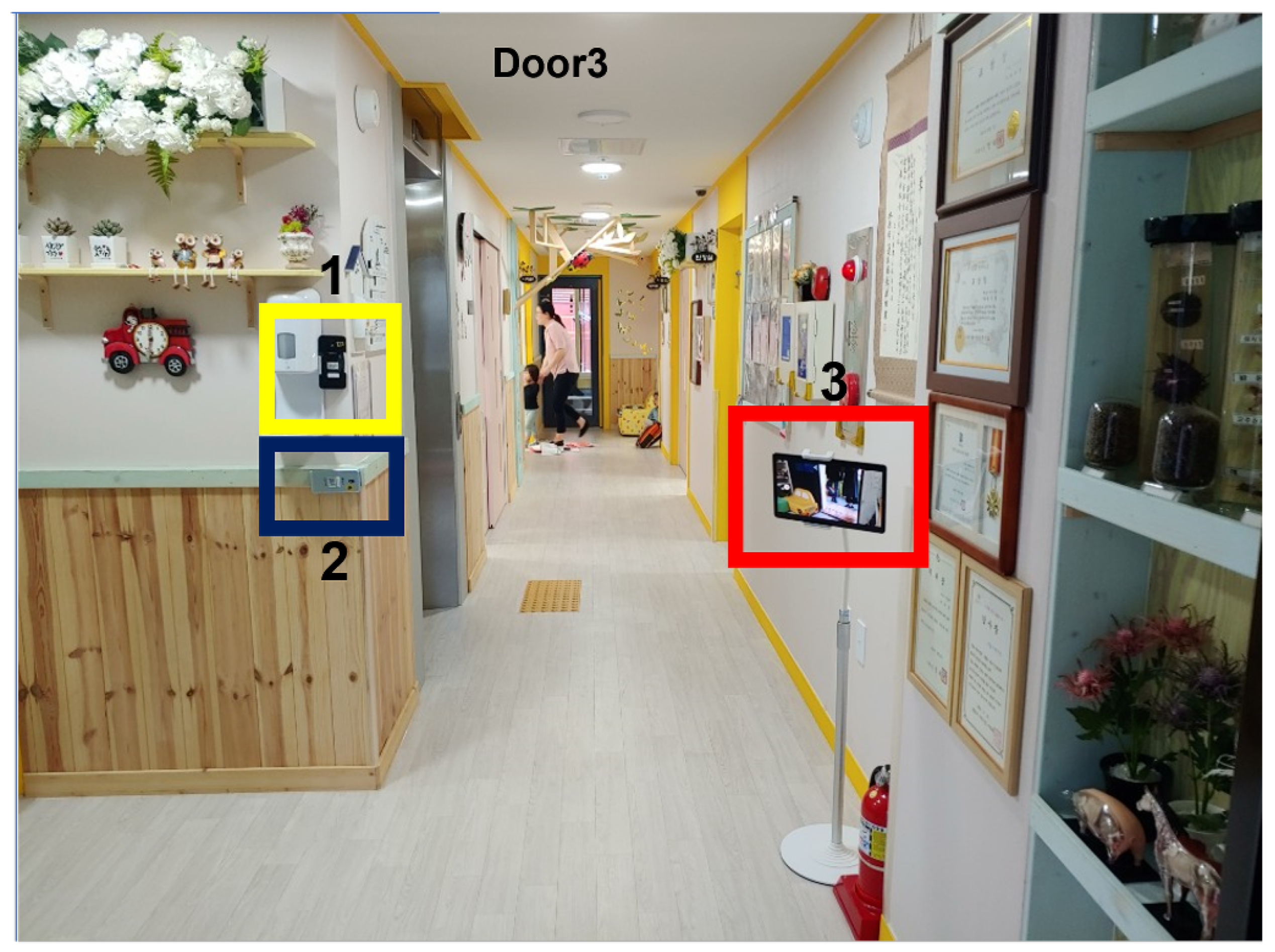
Figure 5. Installation of the camera indoors 1.

Figure 6. Actual captured images in Figure 8: (a) smartphone 1; (b) smartphone 2; (c) tablet PC.
Second, as shown in Figure 7, the camera of the tablet PC (front) and the camera of the mobile phone (rear) were installed in a position near the front of the entrance door. The test video was filmed for about two and a half hours, from 8:00 to 10:30 a.m., when children come to the daycare center. The camera installation results are shown in Figure 8. The front camera of a smart device is more effective in children’s face recognition than the rear camera because it can arouse children’s interest. When using a smart device’s camera, which uses a movable camera, the location may change or the camera function may be turned off when touched by children. However, if the front camera is used, children can see their reflection on the screen as they pass through the door, so the probability of securing the children’s front faces increases by arousing their interest.
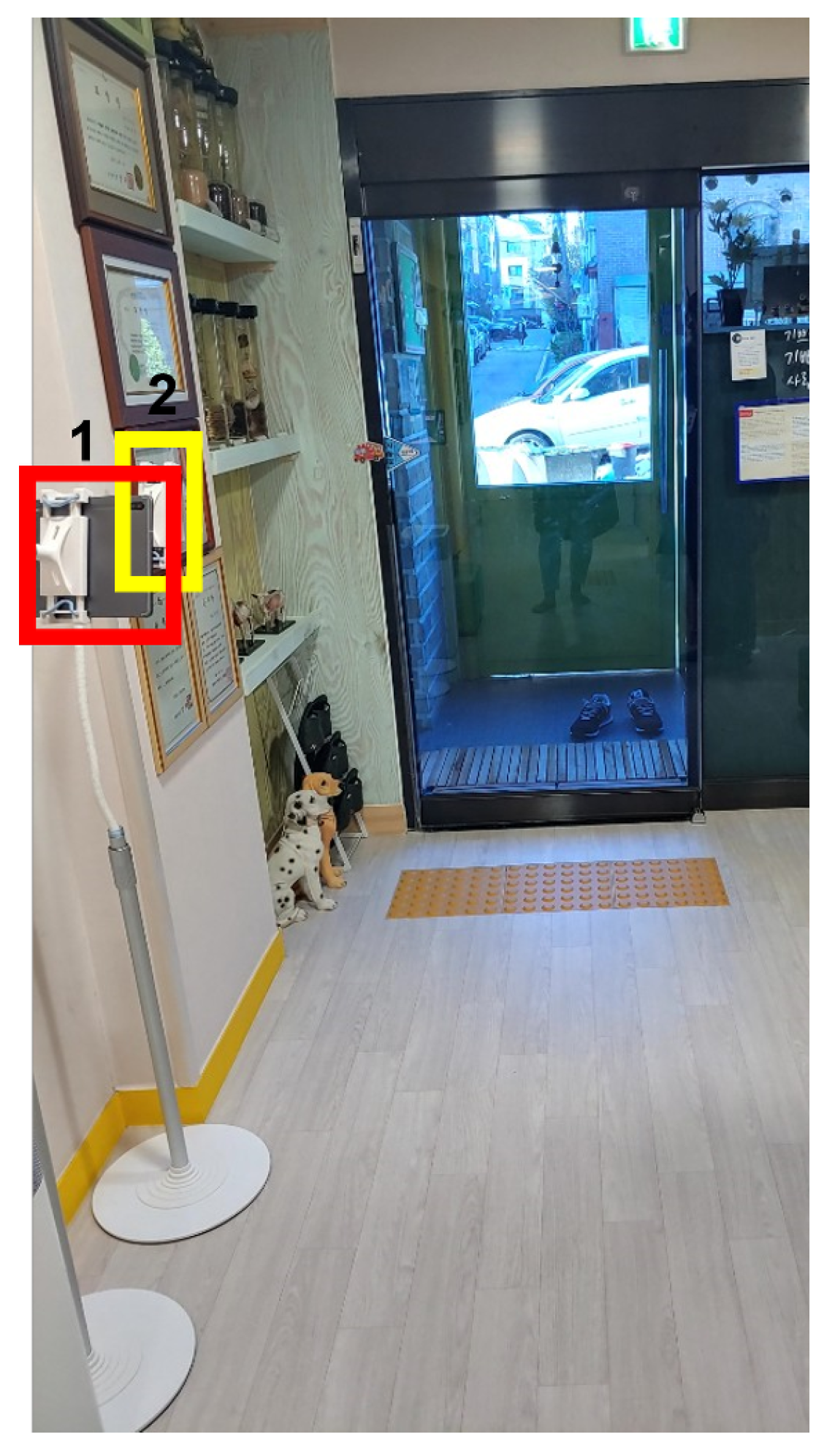
Figure 7. Installation of the camera indoors 2.
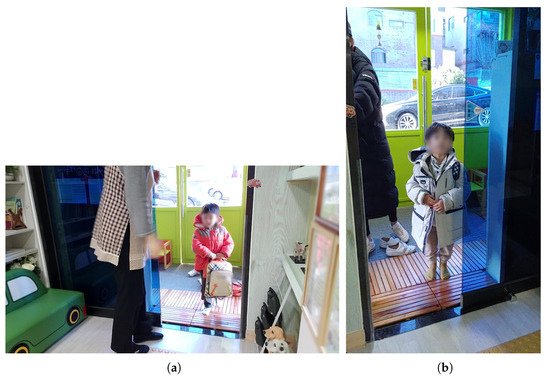
Figure 8. Actual captured images in Figure 7: (a) tablet PC; (b) smartphone.
Third, in this research, the tablet PC was installed on the left, and the smartphone was installed on the right, as shown in Figure 9. The test video was filmed for about two and a half hours, from 8:00 to 10:30 a.m., when children come to the daycare center. The camera installation results are shown in Figure 10. The researchers assumed that by moving the camera to the right, it would be possible to shoot a part that could not already be seen based on where the existing tablet PC was installed. However, in this location, the children were often surrounded by teachers, and there were stairs next to it, which made it difficult for the children to move.
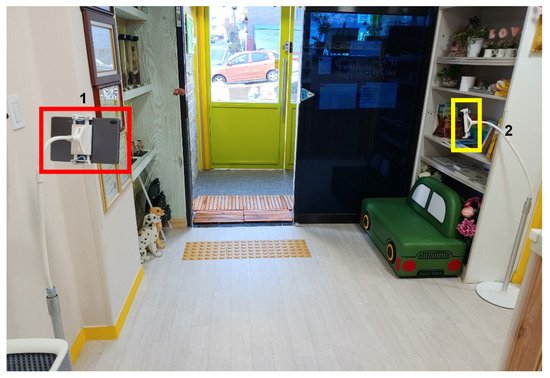
Figure 9. Installation of the camera indoors 3.
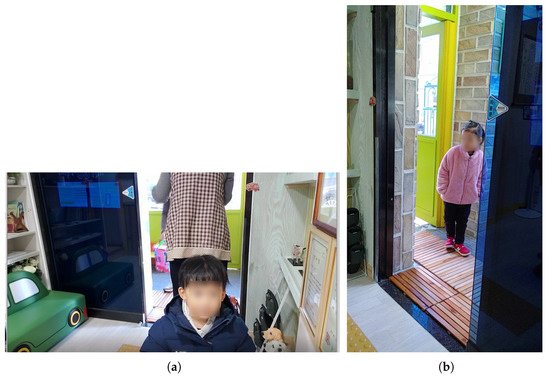
Figure 10. Actual captured images in Figure 9: (a) tablet PC; (b) smartphone.
Fourth, as shown in Figure 11, the researchers installed the tablet camera and digital camera in similar locations. Through this test, the researchers tested whether the face recognition rate varies depending on the resolution. In addition, the researchers observed how they could better obtain the cooperation of children. It was observed which device of the two could better draw the children’s interest and obtain cooperation. The filming lasted about three hours, from 7:30 to 10:30 a.m. With this installation, the distance between the devices and the door was within 2 m, so the face recognition rate based on the resolution was meaningless (Figure 12). In the case of the tablet, since the child can directly see his or her face, it was able to attract their interest; hence, it was more suitable for face recognition than a general camera.
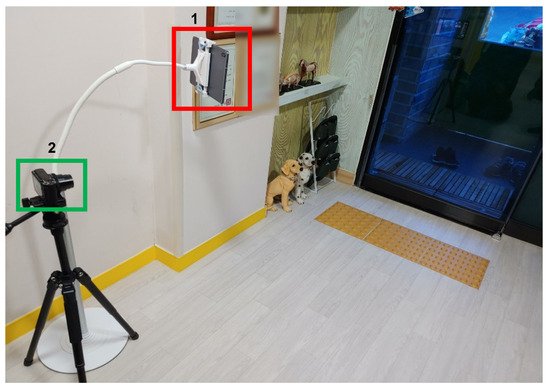
Figure 11. Installation of the camera indoors 4.

Figure 12. Actual captured images in Figure 11: (a) tablet PC; (b) smartphone.
Finally, the tablet and camera were installed in the same location as in the third test, and another smartphone rear camera was installed next to the door (Figure 13). The smartphone’s rear camera was installed in consideration of children walking backwards while greeting their parents or friends at the door. The filming lasted about two and a half hours, from 8:00 to 10:30 a.m. The camera installation results are shown in Figure 14. In this set-up, the smartphone installation location was not appropriate because the teacher often covers the children’s faces while greeting them at the entrance. Therefore, it was confirmed that this location was not efficient because the child’s face was seen less relative to the filming time.
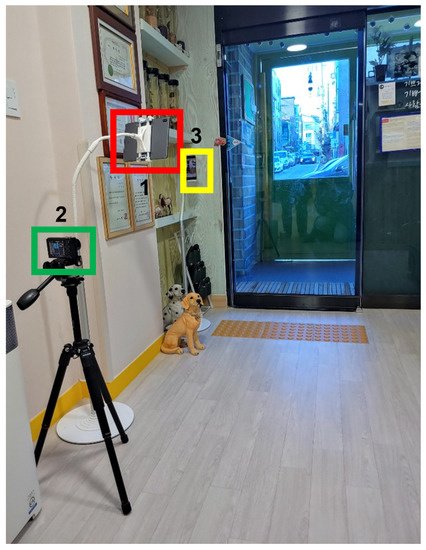
Figure 13. Installation of the camera indoors 5.
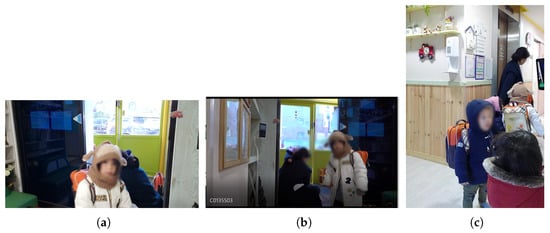
Figure 14. Actual captured images in Figure 13: (a) smartphone 1; (b) smartphone 2; (c) tablet PC.
This entry is adapted from the peer-reviewed paper 10.3390/s22155842
References
- Gligorijević, J. Children’s privacy: The role of parental control and consent. Hum. Rights Law Rev. 2019, 19, 201–229.
- Srinivas, N.; Ricanek, K.; Michalski, D.; Bolme, D.S.; King, M. Face recognition algorithm bias: Performance differences on images of children and adults. In Proceedings of the IEEE Conference on Computer Vision and Pattern Recognition Workshops (CVPRW), Long Beach, CA, USA, 15–20 June 2019.
- Elharrouss, O.; Almaadeed, N.; Al-Maadeed, S. LFR face dataset: Left-Front-Right dataset for pose-invariant face recognition in the wild. In Proceedings of the 2020 IEEE International Conference on Informatics, IoT, and Enabling Technologies (ICIoT), Doha, Qatar, 2–5 February 2020; pp. 124–130.
- Wang, Z.; Wang, G.; Huang, B.; Xiong, Z.; Hong, Q.; Wu, H.; Yi, P.; Jiang, K.; Wang, N.; Pei, Y.; et al. Masked face recognition dataset and application. arXiv 2020, arXiv:2003.09093.
- Huang, B.; Wang, Z.; Wang, G.; Jiang, K.; He, Z.; Zou, H.; Zou, Q. Masked face recognition datasets and validation. In Proceedings of the Proceedings of the IEEE/CVF International Conference on Computer Vision, Montreal, BC, Canada, 11–17 October 2021; pp. 1487–1491.
- Huang, G.B.; Mattar, M.; Berg, T.; Learned-Miller, E. Labeled faces in the wild: A database for Studying face recognition in unconstrained environments. In Proceedings of the Workshop on Faces in ‘Real-Life’ Images: Detection, Alignment, and Recognition, Marseille, France, 14 May 2008.
- Sengupta, S.; Chen, J.C.; Castillo, C.; Patel, V.M.; Chellappa, R.; Jacobs, D.W. Frontal to profile face verification in the wild. In Proceedings of the IEEE Winter Conf. Applications of Computer Vision (WACV), Lake Placid, NY, USA, 7–10 March 2016; pp. 1–9.
- Yi, D.; Lei, Z.; Liao, S.; Li, S.Z. Learning face representation from scratch. arXiv 2014, arXiv:1411.7923.
This entry is offline, you can click here to edit this entry!
